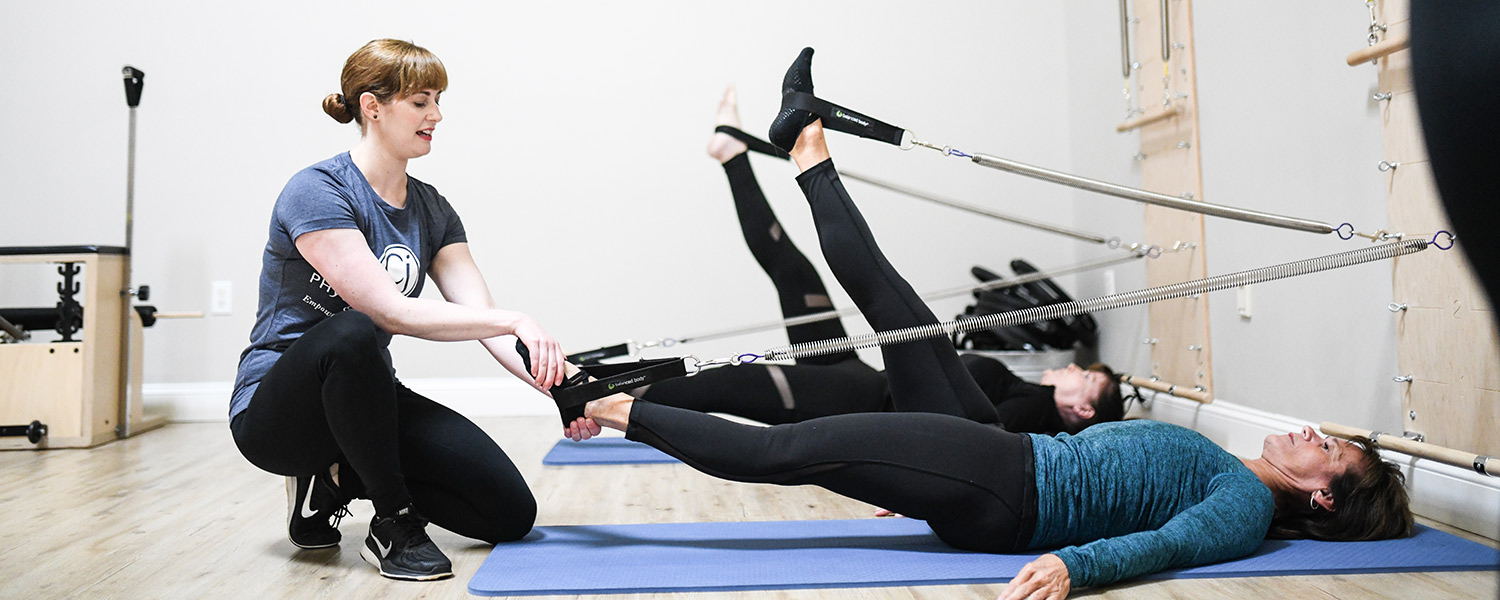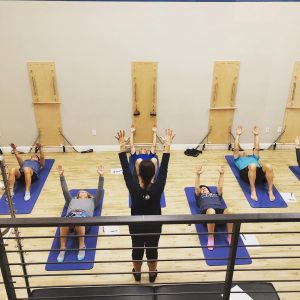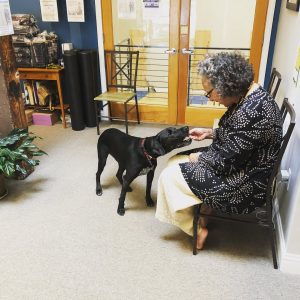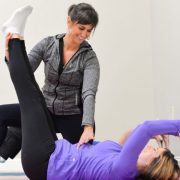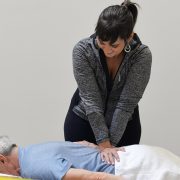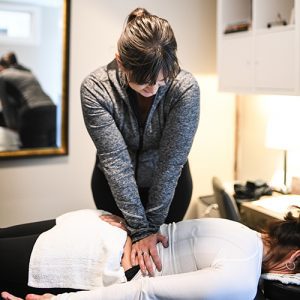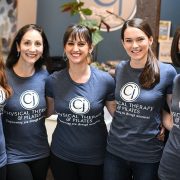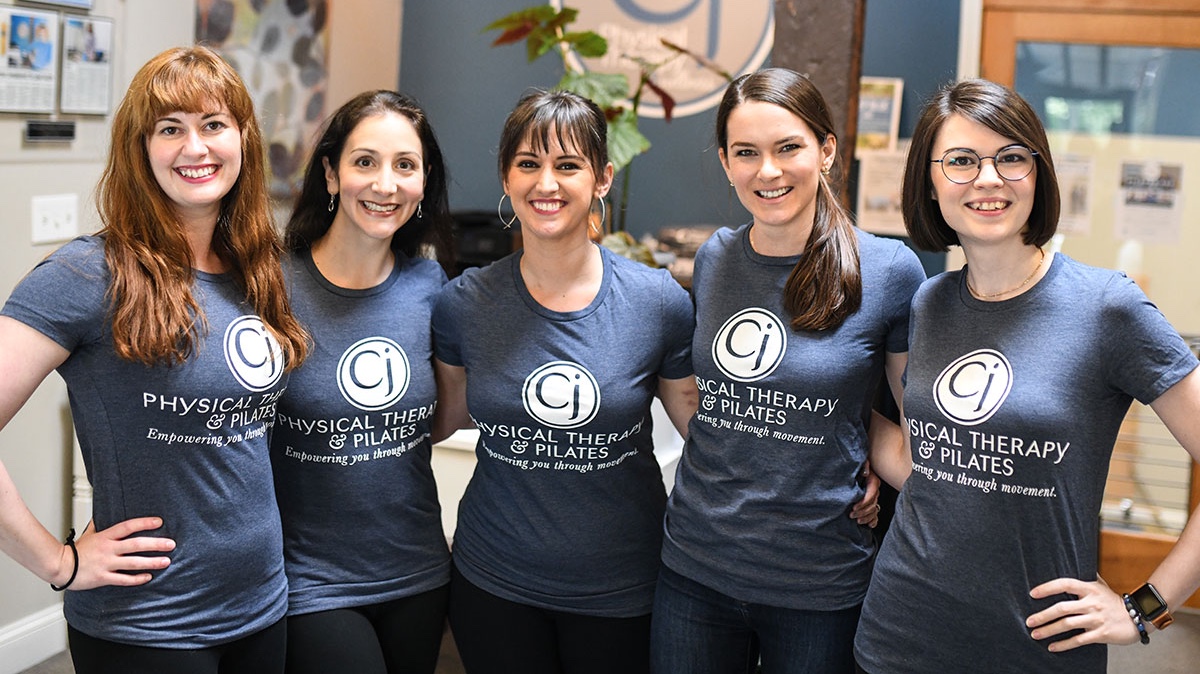Setting Goals for the New Year: Part Four — Small Goals That Get You to Big Goals
You’ve reached the final installment of our goal-setting series, which means you’re in great shape to start the New Year off right! So far, we’ve talked about addressing the obstacles between you now and where you want to be in a year, choosing a long term goal, and breaking that long term goal into a series of short term goals. The final step is making sure you can achieve each of those smaller goals!
The key to success is specificity.
Specificity is a key theme across this whole series. If your goals aren’t precise and clearly defined, you have little chance of actually achieving them. So assign a specific time frame to each of your short term goals. If you want to start Pilates, then give yourself a deadline to check the website for class offerings, a deadline to sign up, and mark your calendar with the dates of each class. Clearly define the location where your goal takes place (for example, our Pilates studio at the office in Portsmouth) and the specific hours that you need to devote to it each week.
You can apply the same process to any goal. Maybe you want to cut down on your TV watching hours or learn how to cook. Once you’ve set your short term goals (such as watching less than 10 hours of TV per week for an entire month, or enrolling in a cooking class), define the specific time, location, duration, and steps that go into each short term goal.

A Pilates class at our office in Portsmouth!
Support your success with an accountability team!
Along with specificity, accountability is another important theme in goal setting. Identifying and communicating with people who are willing and able to keep you focused can make a huge difference in motivation. Your accountability team can be anyone who will hold you accountable for the things you really need to be doing, redirect your focus if you’re pouring all your energy into less crucial tasks, see things you’re not seeing, and sometimes to simply give you the thumbs up (or down).
If you have any health-related goals, a physical therapist can be a great addition to your accountability team.
Don’t work with people who simply put bandaids on the problem in the form of drugs or quick fixes. Work with someone who is willing to dig in and find a real solution, support you along the way, and hold you accountable for the time and energy that you need to invest in your health as well!
If you’re interested in adding a specialist physical therapist (and/or Pilates instructor) to your accountability team, you can reach out anytime or even request a time to talk to one of our specialists for FREE.
Share your progress with people who care!
As you embark on the journey of a new year, don’t forget to share your progress in reaching your goals! At CJPT & Pilates, we’d LOVE to hear what you’re doing to better your health in 2019. Keep us updated on Facebook and Instagram so that we can be your personal cheering section all year long!



